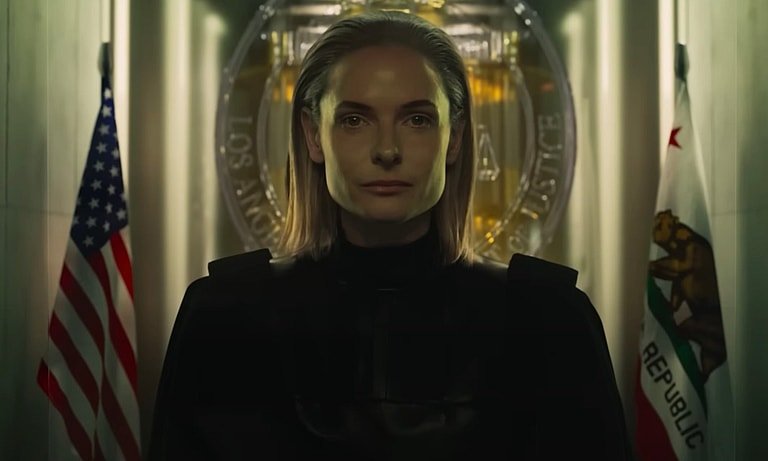Last Night in Soho
/Edgar Wright has always been particularly well-attenuated to the music and image dynamic. From the original music-laden Scott Pilgrim Versus the World to 2017’s Baby Driver, his unique aural sensibilities are analogous to how Wes Anderson has become synonymous with distinctive palettes of colour; one can practically tell just by the edit who one is dealing with.
So it is, then, for his latest, Last Night in Soho. The trailer begins with an establishing shot of a silhouette against a stage, apparently about to sing what turns out to be a cover of a song written by Tony Hatch and popularized by Petula Clark, “Downtown,” this version sung by Anya Taylor-Joy. It’s a stripped-down affair, plaintive and reduced to the vocal line. The scenes are clearly edited to match each lyric: “Listen to the music of the traffic in the city,” she sings, as we see at 0:35 our protagonist wandering through exactly this scene, replete with the car horns and a close-up of a neon sign upon the singer’s mentioning of it.
It also comes down to very minor details that must be intentional: For example, we hear the protagonist make two clear footsteps at 0:53, imitating the double stress-note rhythm of the song’s titular refrain. We also hear at this juncture a lot of noise that clearly introduces suspense if not outright horror that isn’t present in the poppy version of the song.
The horror angle becomes much more pronounced in the middle of the trailer; blood-red hues abound as our protagonist appears to have multiple nightmares, or at least find herself shocked and alert. High-pitched sounds give a sinister edge to the vocal, while clicking and snapping offer the opportunity to synch the action. In the meantime “Downtown” takes a rest.
By 1:27 our protagonist is a little more frantic on screen. Between this and the inclusion of a low, blaring synth, there’s a concerted amount of counterpoint to the vocal, which comes off as persistently carefree and increasingly creepy, a development only anticipated by her prior slight slowing and dropping at the word “Downtown.”
This facade completely breaks by 1:34, however, with the addition of a melody that is completely separate from the original song. It’s a disjointed, chromatic mess—the antithesis of Clark’s soothing melody, which joins in a horrific duet.
By 1:56 we are fully and completely into horror territory, with a jump scare and violins rocketing up the highest register. In a unique turn of events, the fourth wall is quite literally broken as a freeze-frame at the two-minute point cracks. This also operates as a very stylish transition to the main title card, aided again by the sound of the glass cracking. A final echo of Clark sounds to round it off.
As a whole, the trailer is not unexpected if one were given the premise of Edgar Wright trying his hand at horror: it contains the nigh-requisite Psycho strings, jump scares, and the conceit of taking a relatively innocent song and lending it fresh context to render it disconcerting. At the same time, in the details we find Wright’s ear for detail in synch, both in terms of the sound-to-screen synch in the editing and the metadiegetic commentary of the scenery reflecting the lyrical content.
Leave it to Edgar Wright to take multiple established conventions in the modern trailer and recombine them into something that feels distinct and—dare it be said—even new.
Last Night in Soho arrives in theatres in October.
— Curtis Perry







